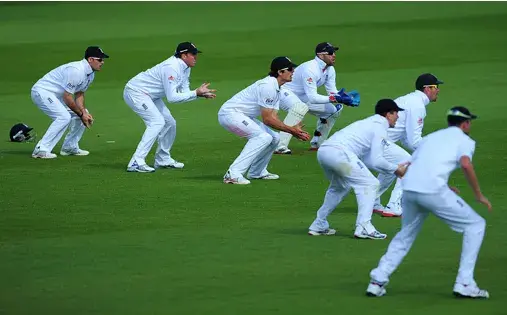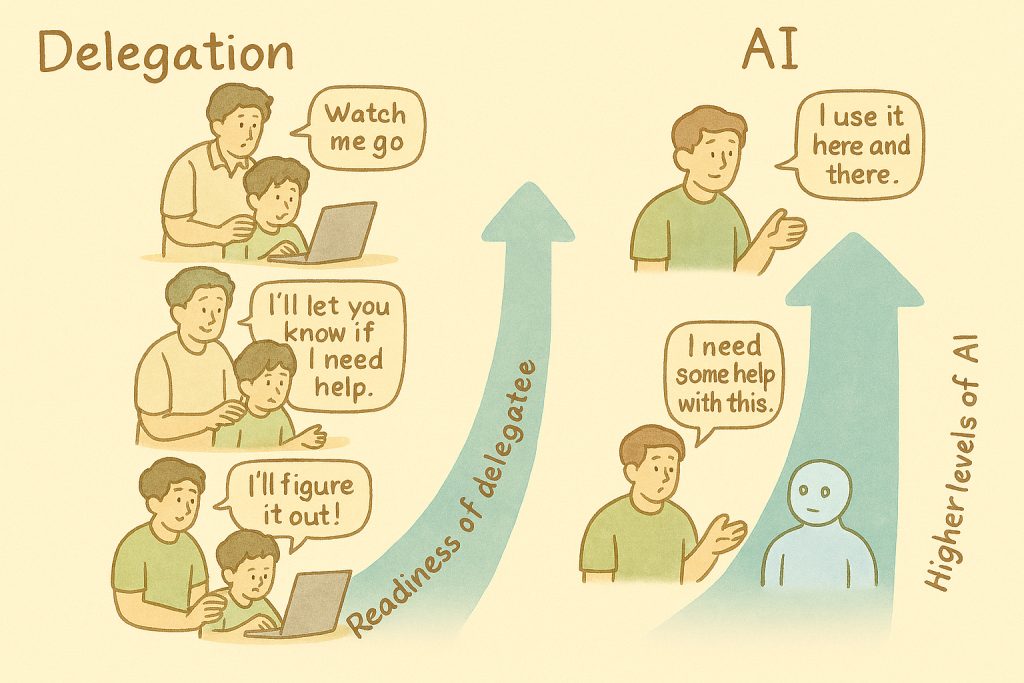This Photo by Unknown Author is licensed under CC BY-SA
Scrum as an Agile approach is now center-stage worldwide, a goliath occupying a staggering 66% of all agile adoptions. The distant second is Scrumban, a mere 9% and the third at 5% tied between Scrum/XP Hybrid and the hugely under-leveraged Kanban. See diagram below. But then, I am not here to bemoan the consequence – agile getting equated only to Scrum by default. But I am certainly bemoaning the fact that the game of rugby has achieved such a cult status among agilists and has become the mother of all metaphors for agilists.

A little of bit of history is in order to understand the origins of the Scrum metaphor. I used to attribute the Scrum choice to Ken Schwaber and Jeff Sutherland. But it seems it goes back further to the seminal article The New New Product Development Game in HBR, January 1986. The authors are Hirotaka Takeuchi, Harvard Professor and Ikujiro Nonaka, Professor at Hitotsubashi University, Tokyo.
How did two academics of Japanese origin chance upon rugby as the new new product development game? Was rugby the rage in Japan back in 1986? I guess not. These days, the most popular sports in Japan are apparently baseball, soccer, skating, volley ball etc. – rugby nowhere in sight. The popularity of rugby in Takeuchi’s Harvard campus or Cambridge, Massachusetts back in 1986 is also a bit suspect! So, how come rugby? Well, we can go back and ask the two savants. Or we can be content with my following explanation. The two professors abstracted features or patterns of development approaches of outstanding products back then in organizations like Honda, Xerox, Canon, IBM etc. and looked for the “best fit” sport metaphor to replace the “relay race” approach of traditional product development. Somehow, they must have stumbled upon rugby with its very physical imagery of a team moving together in stages towards the goal. That’s my theory, anyway. As an aside, if the two profs repeated their 1986 research today on outstanding products, what would they find; would rugby still emerge as the winning metaphor? Or would it be a self-organizing biological phenomenon (refer book) or even a continually mutating virus? One can only speculate.
Well, so much for history. Cut to present-day India. Like most Indians, I am kind of clueless about rugby. While I profess in class and participants listen in with a beatific expression, I am wondering “Who on earth plays rugby in India anyway?” Well, I find that Indian Rugby Football Union (now called Rugby India) goes back to 1968. There are 96 clubs, 57,000 players and the country is ranked 65th out of 96 nations as per International Rugby Board (IRB). There is no conspiracy theory as yet that IRB has unfairly ranked us so low just out of jealousy and spite! By the way, it seems that people of Manipur in northeast India are adamant that the modern world stole the rugby idea from their game called Yubi lakpi. Well, Manipurians, may be here is the place in the sun for you all!
So, as I continue my training session, on introduction to agile, more background thoughts flit across my mind:
- Ruby teams are 15 in number – whatever happened to the good old 7 +/- 2 for team size? BTW, do try out a related Challenge of the week (CHOW #295), titled Splitting hair over splitting team
- In the classroom, we trainers / coaches paint this beautiful picture of the rugby team moving forward as one in short scrums, one following the other in a smooth cadence; Wrong! As I understand, scrums are not in the game by default but awarded when certain infringements occur. See rules for award of scrums. But the rule also says that scrums comprise just 8 players only out of the 15 (Ah! Back to 7 +/- 2!)
- In cricket-crazy India, how come nobody thought of replacing rugby with the most sublime of games as THE agile metaphor? Isn’t a cricket team not as much a self-organizing and cross-functional team, literally sprinting towards the goal? For that matter, why would any team sport (even bridge with just a two-member team) not be an alternative as the agile team metaphor? Is the visual physical movement of players moving together such an essential aspect of the metaphor? Isn’t a collection of mindsets moving together as one not as important if not more important?
Ok, people let’s put a stop to these fanciful notions! I just wrote this for a lark hoping to amuse – not with any serious intent of displacing rugby as the agile metaphor (20+ years too late!). Do bear with me if I have not fully grasped the rugby game; take it all with many pinches of salt. But I do cover some of the above history in my classes. I would like to think that participants appreciate it – don’t try it post-lunch though!
Cheers!






4 Responses
Hi Shiv, I can relate to this, it is a real different world.
I was invited a few times to address students appearing for CET exams as an industry person and found it challenging to connect with them. I was able to connect somewhat as one of their concern was what if they do not get into a good college, which I was able to address by sharing real life examples.
Thanks Vasu. College “brand” no doubt helps early on in work life – corporate doors open more easily. But down the line, it is people’s motivation and track record that helps build careers. I am sure we have all seen examples affirming this. I have stressed with the mentees that I work with. An aside, the mentorship program I am involved in spans 4-5 months and so, I have had time to work on the “connect”! Yes – takes time and effort.
Hi Shiv – very well written – thanks for the write-up.
Many years ago I was a volunteer mentor for a couple of youth as part of Dream A Dream’s life skills mentoring program. This was in person mentoring where the mentee and I would meet periodically (usually on a weekend) and discuss general topics. There was no prescribed structure though all mentors did go thru a few hours of in person training. Based on that experience I can corroborate that it takes time for the mentee to open up, especially in that case given their lack of confidence in expressing in English which was the recommended language for communication. Switching to Tamil (in one case where the mentee was from Tamil Nadu) helped.
Can also relate well to your point on swings in mood and engagement level of the mentee and the need for mentor to shift gears accordingly.
I am sure the mentees are benefiting a lot from your vast and varied experience – hope you will come back to mentor more such students after you complete the current mentorships and possibly take a break!
Thank you, Bhasker!